Learning Piano
Enhancing Piano Skills Through Sight Reading
Enhancing Piano Skills Through Sight Reading
Mastering sight reading is essential for expanding your piano repertoire and skill set. This ability allows you to interpret and play a piece of music upon first glance at the sheet music. To excel in sight reading, familiarity with sheet music notation and basic music theory is crucial. By dedicating time to practice and employing specific strategies, you can swiftly progress and adeptly perform a wide range of compositions.
Foundational Exercises 
- Acquiring Simple Sheet Music: Start with straightforward pieces such as children’s tunes, holiday songs, or basic classical pieces. These can be found in beginner piano books or online resources. Gathering a diverse collection will provide ample practice material, gradually preparing you for more intricate pieces.
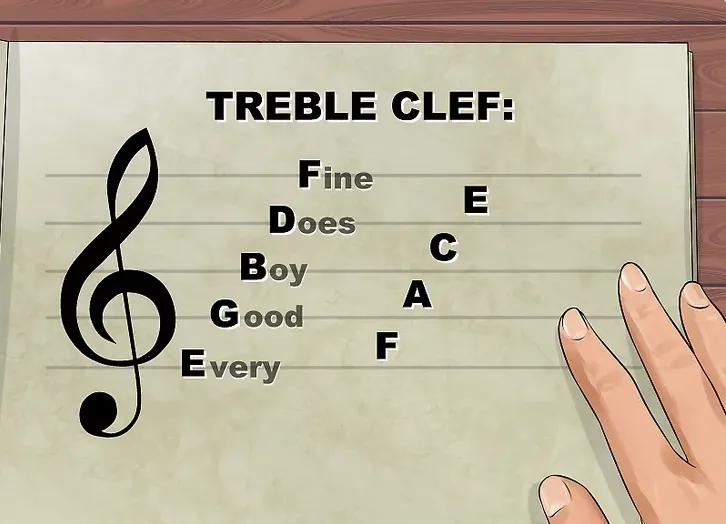
- Daily Practice Sessions: Dedicate at least 20 minutes daily to practice reading sheet music. Begin with a cheat sheet for note recognition, gradually working towards faster identification. This foundational skill is key to efficient sight reading.

- Vocalizing Notes: Improve note recognition by saying the notes aloud as you read them, initially disregarding rhythm. This reinforces memory and speeds up the reading process.
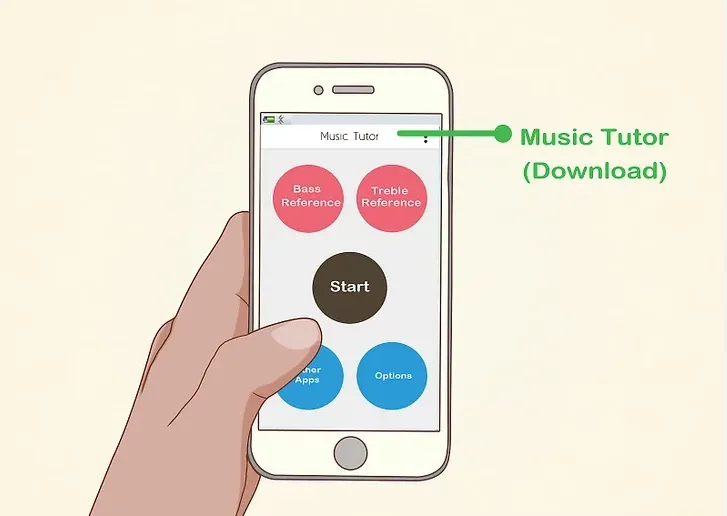
- Utilizing Educational Apps: Engage with sight reading apps and online tools designed for piano practice. These interactive platforms offer exercises and allow for practice with actual piano pieces.
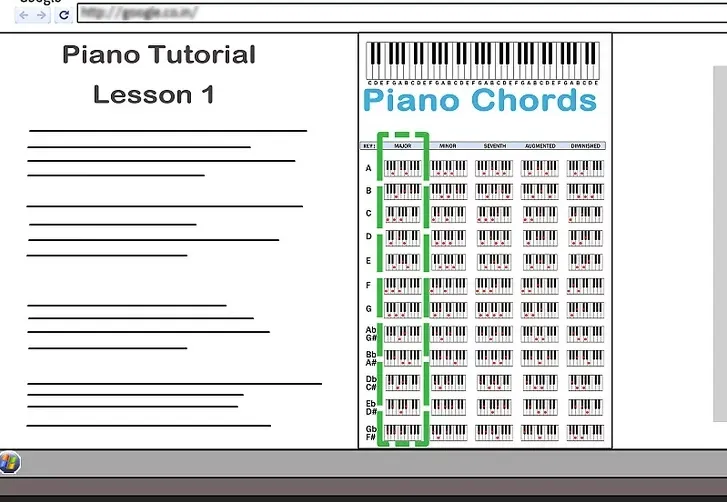
- Practicing Scales: Before tackling a new piece, play scales that match the key signature of the music. This familiarizes you with the key and positions your hands appropriately on the piano.
Sheet Music Approach 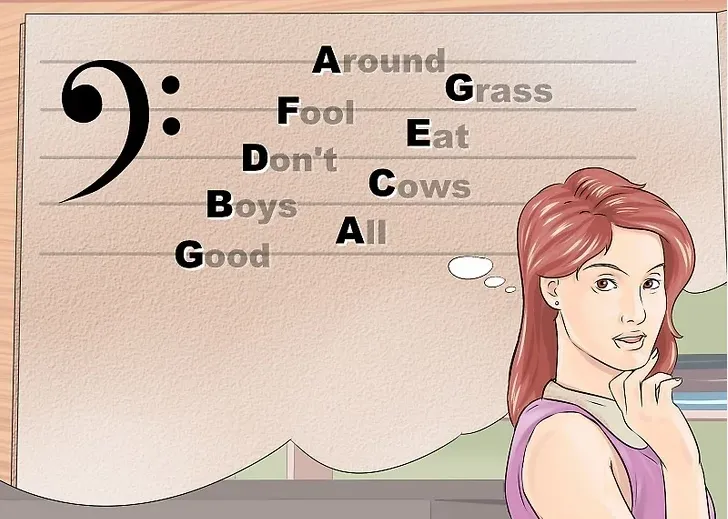
- Focusing on One Clef: Master sight reading in one clef before attempting to read music that incorporates both treble and bass clefs. This step-by-step approach builds confidence and skill.

- Analyzing Before Playing: Spend time reviewing the music, identifying challenging sections, and visualizing the melody and rhythm. This preparatory step is crucial for a smoother performance.
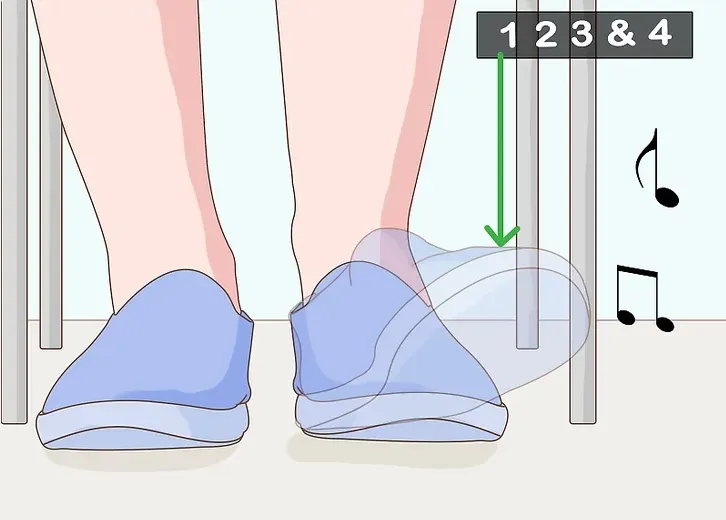
- Rhythm Mastery: Use foot tapping to internalize the rhythm of the piece before playing. Understanding the timing of whole, half, and quarter notes is fundamental to capturing the essence of the music.
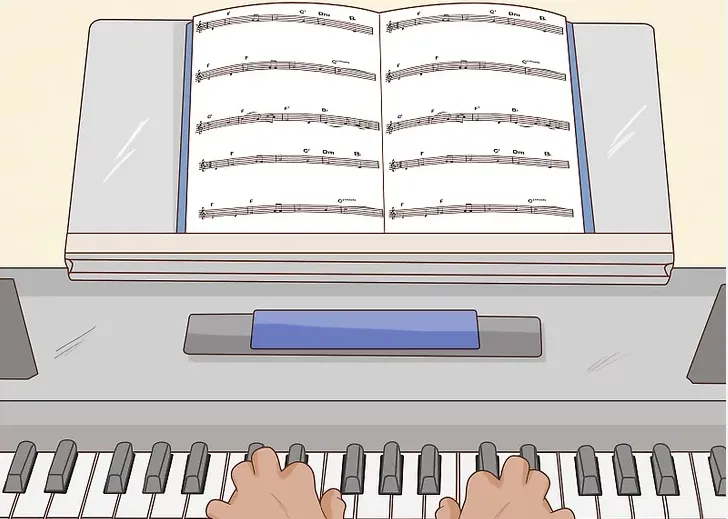
- Preparation: Arrange the sheet music comfortably in front of you, ensuring all pages are visible to avoid interruptions during play.
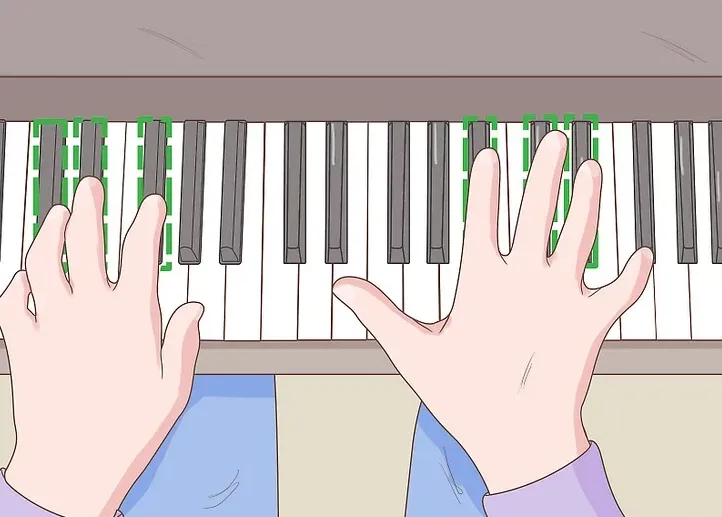
- Hand Positioning: Familiarize yourself with the piano keys through touch, especially the black keys, to aid in positioning without looking away from the music.
Executing the Music 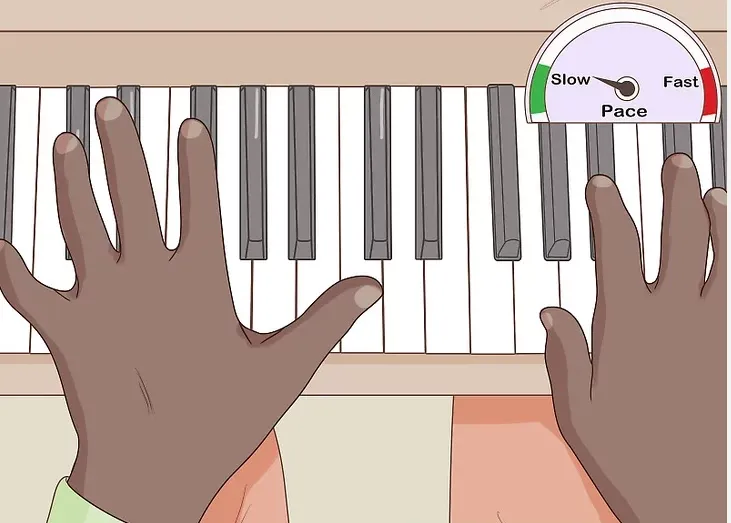
- Starting Slow: Initially, focus on accuracy over speed. Take the time to play each note carefully, gradually increasing tempo as you become more comfortable.
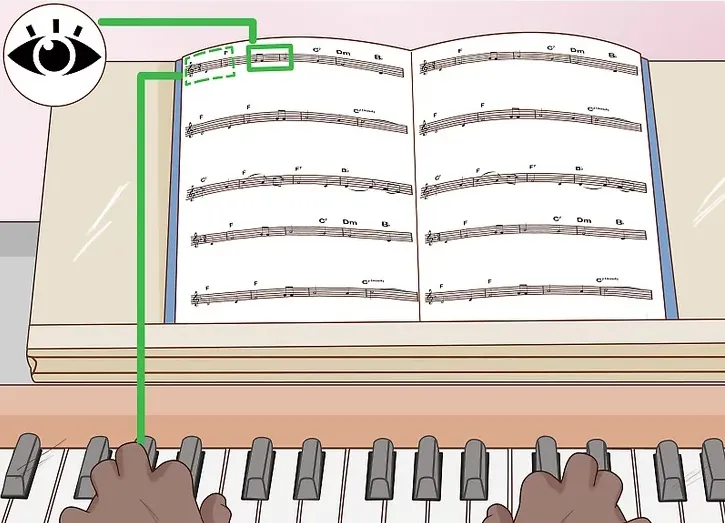
- Looking Ahead: Aim to read a few notes ahead of your current position to anticipate upcoming notes and maintain rhythm, especially important for page transitions.

- Continuous Play: Strive to play through mistakes, keeping pace with the music. This practice develops fluency and the ability to recover quickly.

- Maintaining Focus: Keep your eyes on the sheet music, relying on tactile and auditory feedback to correct mistakes without looking at your hands.
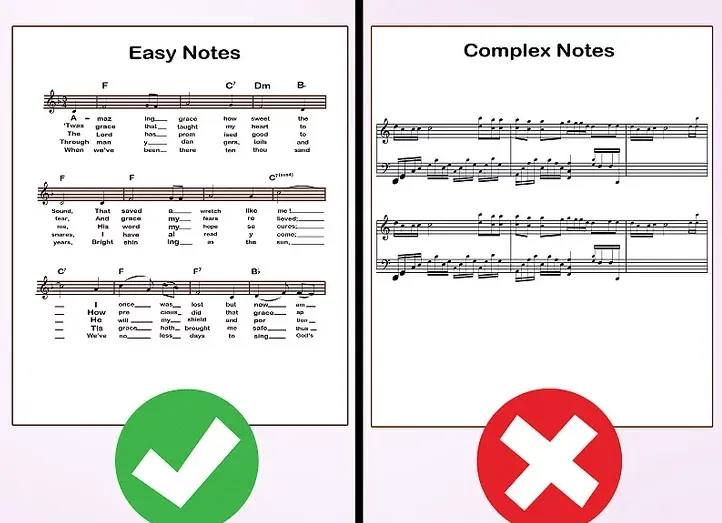
- Simplifying: Initially, overlook complex musical directions such as tempo changes and articulations. Concentrate on the melody and basic rhythms to build confidence.
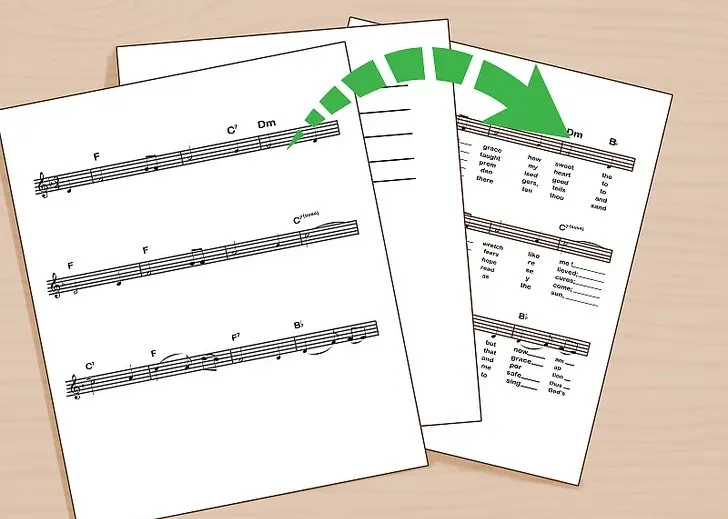
- Moving On: After completing a piece, proceed to a new one to challenge your sight reading abilities further, avoiding repetition to prevent memorization.
By incorporating these strategies into your practice routine, you’ll enhance your sight reading capabilities, making you a more versatile and accomplished pianist
